Note: This article was amended in June 2024 after receiving information from Jim Garvin regarding the Main Street/Factory Bridge in Suncook.
Dutton Woods was born on October 19, 1809, in Henniker, New Hampshire, the third of ten children born to William L. Woods (1776-1847) and Betsy Dutton (1783-1849).
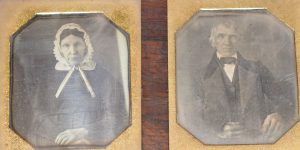
His father, William Learned Woods, was the son of Revolutionary War soldier David Woods (1746-1793) and Deborah Swallow (1748-1821). Born six months before the signing of the Declaration of Independence, William was one of eleven children born in Groton, Massachusetts. The Woods family moved northward to Deering, where they operated a farm. At age 24, William moved to Henniker, where he purchased the mills at West Henniker. Together with one of his younger brothers, he was one of the first in the town to manufacture cloth. He worked as a clothier and was “an energetic, industrious man, of sound judgment, and one of the most substantial citizens of the town during his life there” (Stearns 1908).
Dutton Woods was born nine years after the family moved to Henniker and was given his mother’s maiden name as his first name. Young Dutton worked alongside his father in the mill until 1830 when, at age 21, Woods went to work as an apprentice for the Childs Brothers of Henniker. Led by elder brother and bridgewright Horace Childs (1807-1900), H. Childs and Company was founded in 1834 and grew so significantly that brother Enoch (1808-1881) came on as the business manager and designer, and brother Warren (1811-1898) came on as the mason. The Childs Brothers built many covered bridges on the New Hampshire railroad lines and on southern lines in Ohio and Pennsylvania. Woods worked for the Childs Brothers for seven years.
In 1837, Woods left their employ and began a long career with the railroads. On New Year’s Eve that same year, he married Hannah Chase (1811-1845) in Newport. On June 16, 1845, the couple had a daughter, Hannah Maria Woods, whom they called Maria. Hannah died eleven days after giving birth to their only child. She was just 34 years old. Less than two years later, Woods’ father, William, died of pneumonia at age 71.
On May 9, 1848, Woods married Maria Peabody (1809-1882) of Newport. They were both 39 at the time. The couple had no children of their own, but Maria became a stepmother to a not-quite-three-year-old Hannah Maria who coincidentally shared her name. In her adult life, Hannah Maria Woods was known professionally as H. Maria Woods, presumably to differentiate herself from her stepmother.
Woods’ mother, Betsy, died of consumption at age 66 the following year. In 1850, the Woods moved from Henniker to Contoocook. Two years later, in the spring of 1852, they moved again to the Capital city of Concord, where they lived at 7 Wall Street on the west side of South Main Street.
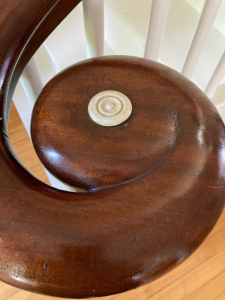
In 1856, Woods began building a home for his family on the fashionable Merrimack Street in Concord. The house was originally a two-story Italianate building with a cupola situated on a hill that provides a commanding view of the city. Later, a third-story gambrel-roofed structure was added, perhaps to provide lodging for live-in help. By the mid-twentieth century, the Woods house was converted into four apartments but was restored as a single-family home in 2003. Remaining in the newel post is a mortgage button, a symbol to all who visited that there were no liens on the property.
Between 1837 and 1850, Woods was employed by the Hartford & New Haven, the Connecticut, White River & Northern, Concord & Claremont, and Contoocook Valley Railroads. In 1855, Woods became the Superintendent of Bridges for the Concord Railroad and held that position until his death. “Mr. Woods has been employed for a long series of years by the Concord Railroad Company in building and repairing bridges upon the line of their road. He also constructs some outside of the road and is noted as one of the most competent builders in the country” (Cogswell 1880).
Dutton Woods’ impact on bridge building in New Hampshire is significant, particularly through his work with the railroads. In twenty-five years, “he constructed more than ten thousand lineal feet of truss bridging, and over four thousand feet of pile and truss bridges” (Stearns 1908), in addition to repairing many existing bridges. Together with Henniker’s Fredrick Whitney (1806-1879), Woods “…built all the bridges upon the line of the Concord & Claremont and Contoocook Valley Railroads. They constructed bridges for many years when Mr. Whitney retired from the business” (Cogswell 1880). His connection to Whitney was also personal. His younger sister, Fidelia (1811-1857), married Whitney in 1835, making the two brothers-in-law.
It is impossible to know how many covered railroad bridges Woods constructed throughout his career. It is probable that Woods may have had a hand in building the first covered railroad bridge in Contoocook Village. Built in 1850, this two-span, 153’ bridge employed a Childs truss and was known as Railroad #125 Contoocook. It carried trains across the Contoocook River until it was replaced in 1889 by the current covered bridge.
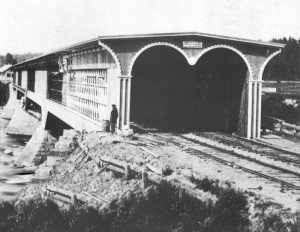
He may have also helped to construct the 1852 Moore’s Crossing Bridge that spanned the Merrimack River connecting Manchester to Bedford. Originally constructed as a single-track bridge, the bridge was expanded to a double-track bridge by the Concord Railroad. While work on this project was led by bridge builder Samuel F. Patterson (1840-1917), Woods was superintendent of the Concord Railroad at the time. Clearly, he was proud of the bridge. Woods’ obituary states that “among his best works was the construction of the large double-tracked bridge at Goff’s Falls on the Concord Railroad, where, from the beginning to the completion, not a single train was interrupted.”
Woods also worked as an independent bridge builder and constructed at least nine highway bridges in New Hampshire, listed below. Only the Waterloo Bridge remains.
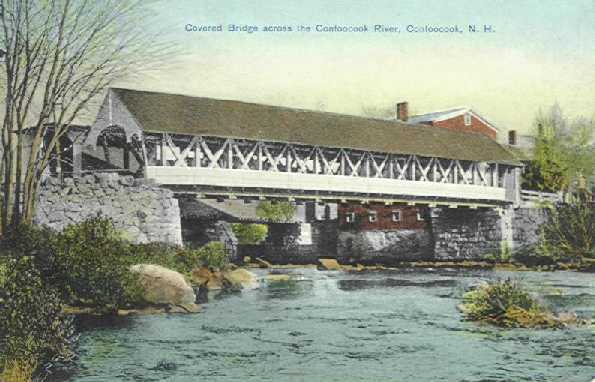
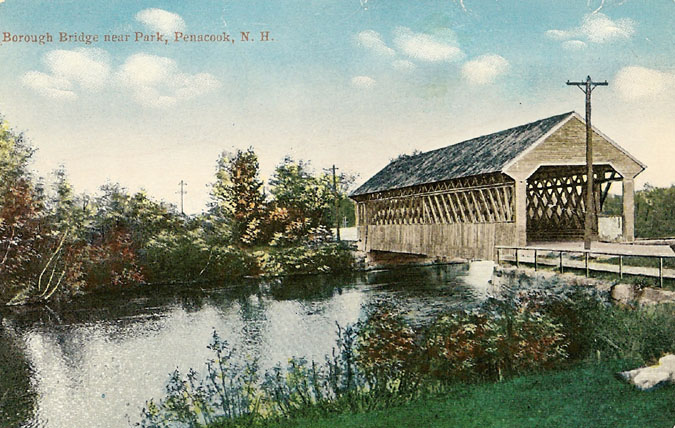

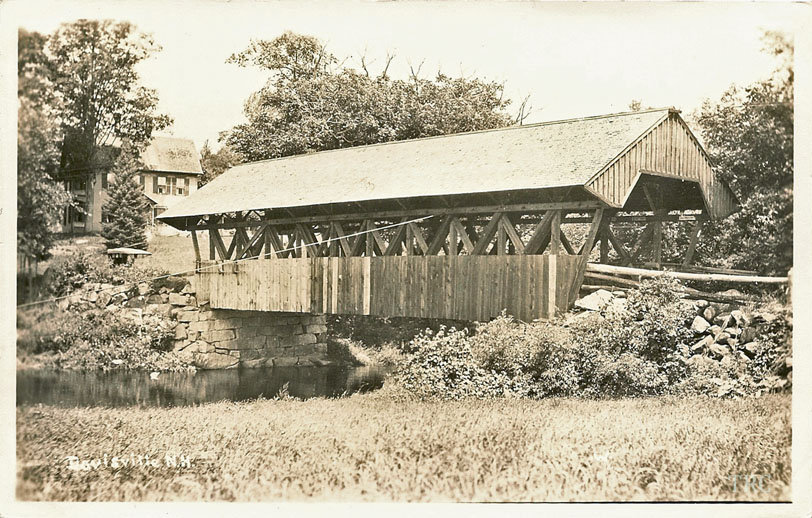

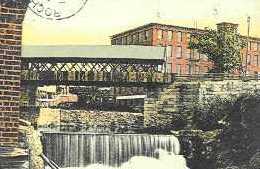


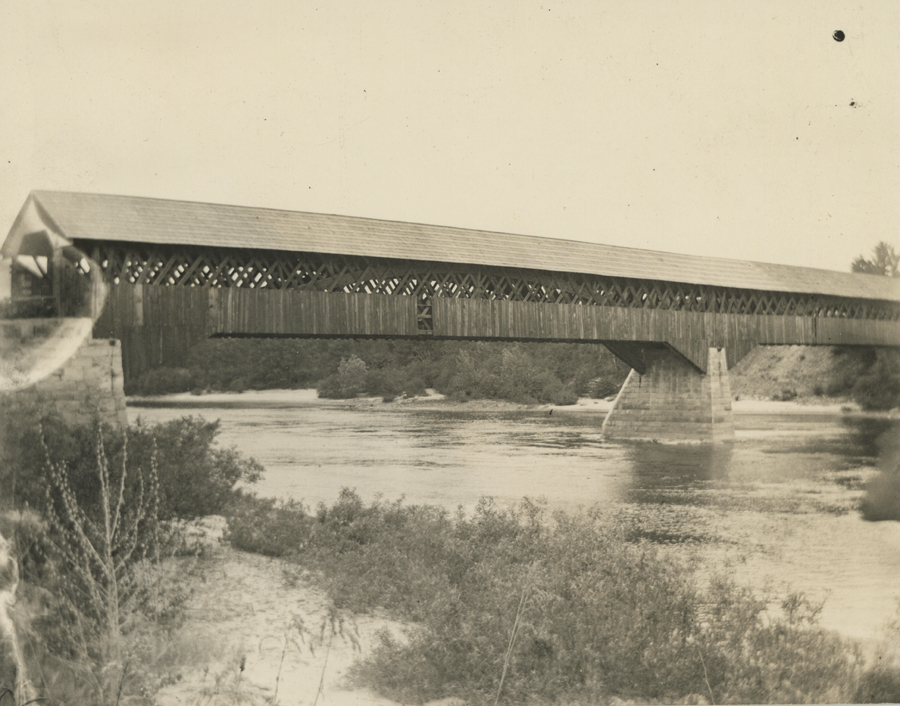
1853. Contoocook Village Bridge. Hopkinton. Replaced 1935.
1853. Borough Bridge. Concord. Replaced.
1854. Amoskeag Falls Bridge. Manchester. Collapsed August 15, 1920.
1855. Amesbury/Davisville Bridge. Warner. Lost March 1936. **
1858. Tyler Bridge. Hopkinton. Lost 1938.
1859. Main Street/Factory Bridge. Suncook. Replaced.
1860. Waterloo Bridge. Warner.
1864. Ponemah/Poor Farm Bridge. Amherst. Lost 1912.
1873. Sewall’s Falls Bridge. Concord. Replaced 1915.
As communities did not always keep detailed records regarding their bridges, it is possible that Woods was responsible for building more covered bridges than we know. One such conjecture involves the 1854 Bement Bridge in Bradford. The builder has never been identified. However, the counter brace feature found in the Bement Bridge can be seen in the Rowell Bridge, constructed by Horace Childs. “The Bement Bridge’s truss design is evident that the builder had dealings with or was familiar with other builders who were using this design feature” (Wagner 2023). Unless further records are uncovered, the builder will remain a mystery.
In addition to bridge building, Woods helped to build Concord’s South Congregational Church. He served in the New Hampshire State Legislature from 1874-1875. Woods was regarded as “a skillful mechanic, a trusted employee, an intelligent gentleman and a highly valued citizen“ (Stearns 1908).

His wife Maria died in 1882 at age 73 of hydrothorax. Woods died of chronic cystitis two years later, on May 22, 1884. He was 74. Both were buried with his first wife, Hannah, at the Blossom Hill Cemetery in Concord.
Woods’ only child, Hannah Maria Woods (1845-1933), was well-known in Concord’s civic, religious, and social circles throughout her lifetime. She was a member of the South Congregational Church, Appalachian Mountain Club, the New Hampshire Historical Society, the Concord Woman’s Club, and was a board member for the New Hampshire Centennial Home for the Aged, where the Centennial Hotel is now. An 1891 passport application describes her as five foot, four inches tall, with blue eyes, a small nose, a high forehead, a long face, and brown, slightly gray hair. Never married, H. Maria resided in the home on Merrimack Street throughout her lifetime.
In 1893, H. Maria funded a $1,000 scholarship at Dartmouth College in memory of her late father. The scholarship was for a Bachelor of Science degree candidate at the Abiel Chandler School of Science and Arts, a separate undergraduate college at Dartmouth. Neither Maria nor her father attended Dartmouth; her desire to bequeath what would amount to about $30,000 in today’s dollars is unknown. However, Chandler was a resident of Concord, so it seems likely that the two were affiliated in some manner.
The Dutton Woods scholarship ended by 1919, and H. Maria died in 1933. Dutton Woods’ legacy lives on in the structures he so carefully constructed.
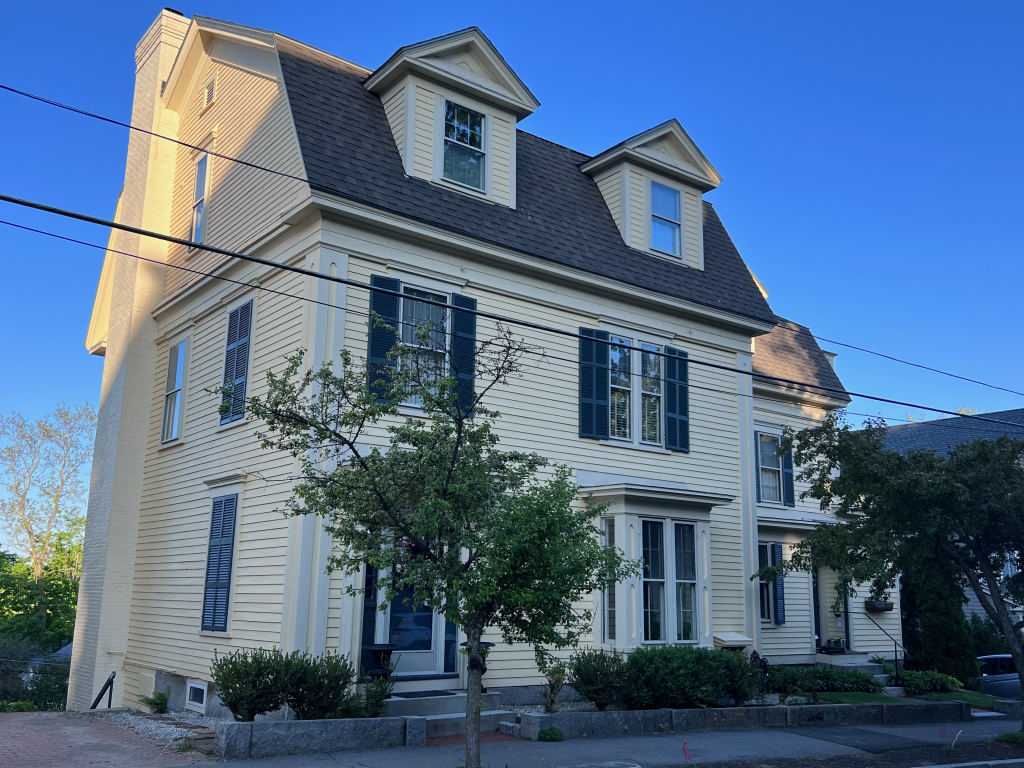
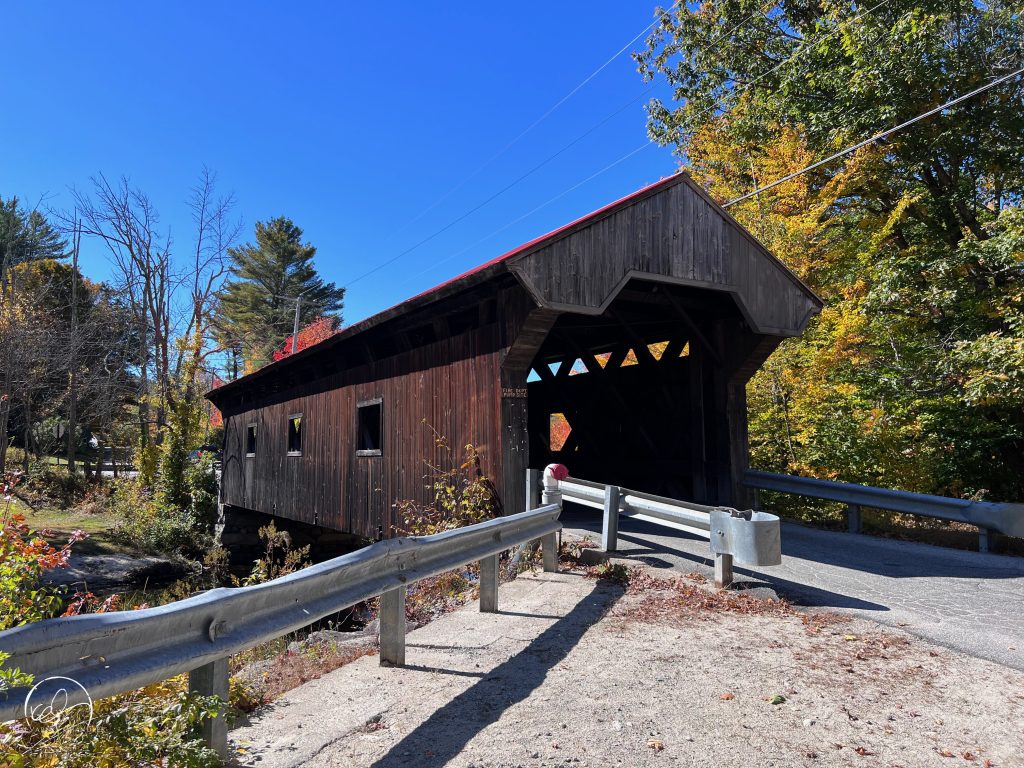
References
Historical photos were used with permission from Autumn Van Sice, Covered Spans of Yesteryear, and the National Society for the Preservation of Covered Bridges.
Special thanks to Ilana Grallert, Dartmouth College; Autumn Van Sice, Concord; Bill Caswell, President, and Scott Wagner, Co-Vice President, National Society for the Preservation of Covered Bridges.
Barrett, Jr., Frank J. 2021. Vermont’s Woodstock Railroad. History Press.
Cogswell, Leander Winslow. 1880. History of the Town of Henniker, Merrimack County, New Hampshire. Boston: Republican Press Association.
Concord, Town of. 1873. “Annual Report.” Concord, NH.
Granite Monthly. 1900. “The South Congregational Church of Concord.” The Granite Monthly 3-14.
Manchester, Town of. 1873. “Annual Report.” Manchester, NH.
Poor, H. V. 1870. Poor’s Manual of Railroads. United States: H.V. & H. W. Poor.
Secomb, Daniel Franklin. 1883. History of the Town of Amherst, Hillsborough County, New Hampshire. Boston, MA: Evans, Sleeper & Woodbury.
Stearns, Ezra S. 1908. Genealogical and family history of the state of New Hampshire : a record of the achievements of her people in the making of a commonwealth and the founding of a nation. Vol. II. New York: Lewis Publishing Co.
Truax, Will. 2023. Names & Places and Windows through Time. May 2. https://bridgewright.wordpress.com/2012/05/04/names-places-and-windows-through-time/.
Wagner, Scott J. 2023. “Dutton Woods – A New Hampshire Bridge Builder.” Covered Bridge Topics.
Notes
** There is ongoing research to determine if the Amesbury/Davisville Bridge were, in fact, two separate bridges in Warner. It seems their histories may have been combined. Stay tuned.

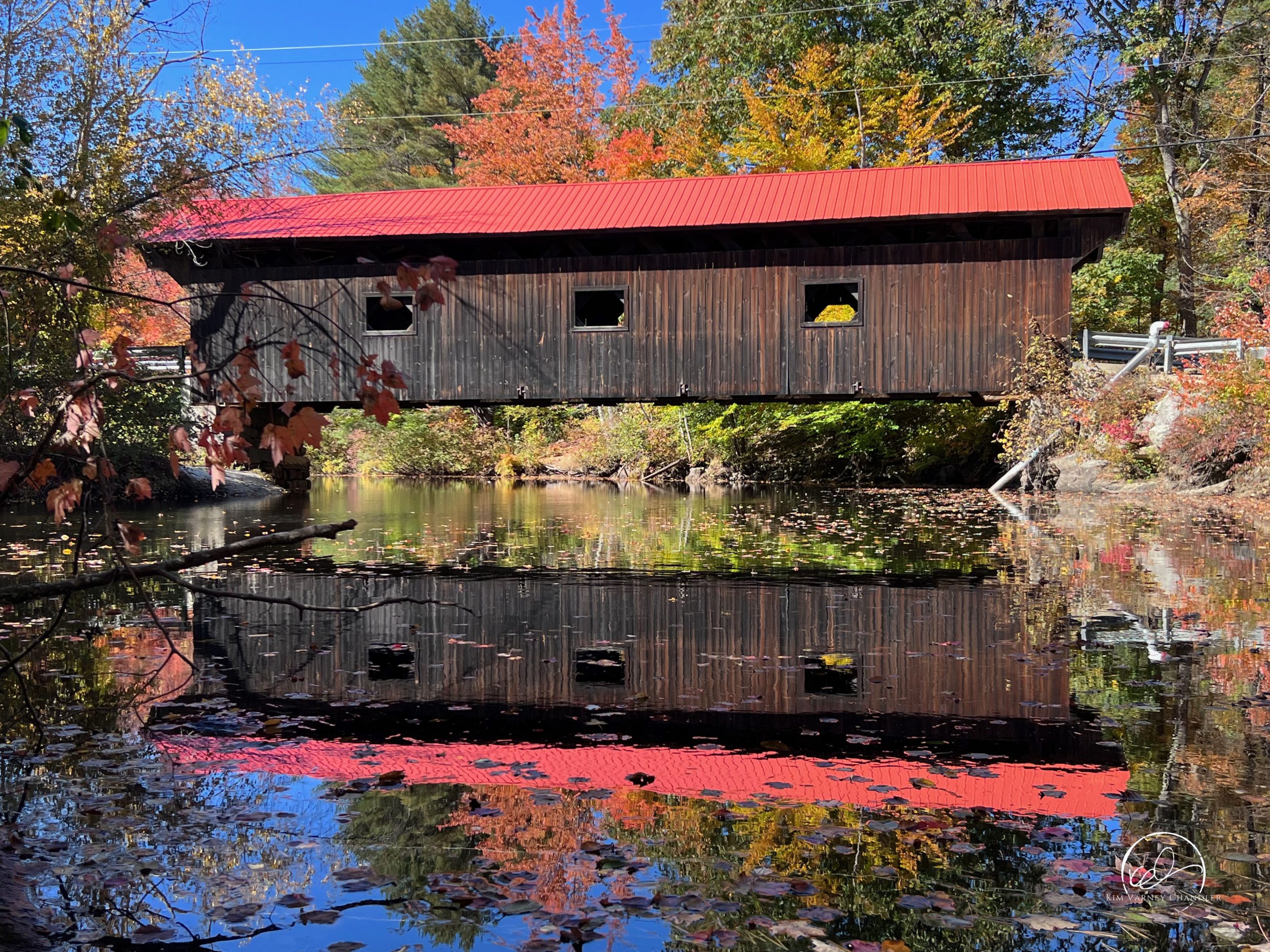
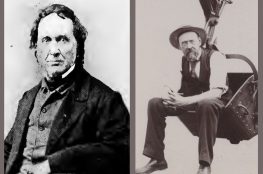

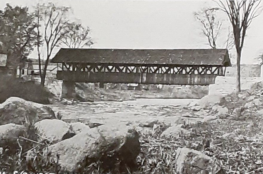
July 3, 2023
These bridges are remarkable! Thanks for sharing them!
July 3, 2023
Thank you, Steve!